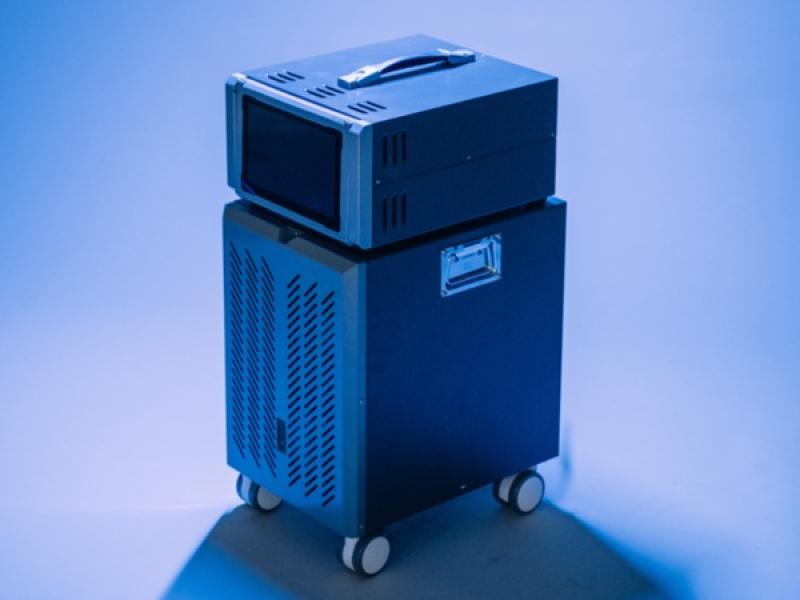 Oil and gas producer Strathcona Resources Ltd. (SCR-T) has announced a unique oilsands carbon-capture deal with the Canada Growth Fund (CGF) worth up to $2 billion, which will result in the carbon being captured and stored at its production sites.
Oil and gas producer Strathcona Resources Ltd. (SCR-T) has announced a unique oilsands carbon-capture deal with the Canada Growth Fund (CGF) worth up to $2 billion, which will result in the carbon being captured and stored at its production sites.
Calgary-based Strathcona and public investment vehicle CGF will both invest up to $1 billion into Strathcona's steam-assisted gravity drainage oil sands facilities in Saskatchewan and Alberta. Strathcona will build, own and operate the carbon capture and storage (CCS) infrastructure.
CGF, a $15-billion initiative of the federal government to support decarbonization, will put an initial $500 million into Strathcona’s CCS projects.
Unlike typical CCS projects in the oilsands that require carbon dioxide (CO2) to be captured and moved to an injection site before sequestration, Strathcona’s oilsands facilities in the Lloydminster and Cold Lake regions can be locally injected because they sit above suitable CO2 storage reservoirs.
The CCS equipment will put a large dent into Strathcona’s CO2 emissions, the company says. The project to be developed in partnership with CGF is projected to capture up to two million tonnes of CO2 per year; Strathcona currently produces approximately three million tonnes of CO2 per year from its oil production.
The final investment decision for a first commercial project is set for mid-2025. Strathcona anticipates its first CCS project to be in Saskatchewan, where it already has approval to capture and store CO2.
Strathcona CEO Adam Waterous told The Globe and Mail companies like his have “a moral obligation to reduce their emissions”.
Details of the investment
The capital costs of Strathcona’s investment are expected to be recouped by the federal CCS investment tax credit and grants.
Rather than carbon contracts that guarantee carbon credit purchases at a set price, Strathcona and CGF are taking a different route. The CGF investment is expected to be paid out from cash flows generated by the CCS infrastructure, driven by the performance of each project.
A fixed price of carbon will be set by Strathcona to serve as a hedge for its annual carbon tax obligations. A price per tonne of carbon for each CCS project will be set by the final investment decision, the company says in its announcement.
Reducing Strathcona’s carbon tax obligation is the impetus for the investment, the company says. The tax is costing Strathcona $65 million per year and the figure may increase over time.
Joining the CCS players in Alberta
Canada’s oilsands are one of its largest polluters, responsible for 12 per cent of greenhouse gas emissions in 2022. CCS technology has been proposed as a solution to reduce the climate impact while maintaining operations.
The CGF has supported another CCS project by an oil and gas producer at the Glacier Gas Plant in Alberta. Entropy Inc. has installed a post-combustion CCS system at a natural gas site, into which the CGF invested $200 million and offered a fixed-price carbon credit off-take commitment to purchase up to one million tonnes per year for 15 years.
Such a de-risking mechanism allowed Entropy to proceed on Phase 2 of its CCS, raising its capacity fivefold.
Other major CCS projects in the oilsands include the $16.5-billion Pathways Alliance project, which is projected to slash CO2 emissions from oilsands operations by as much as 40 million tonnes per year by 2050, and Shell Canada’s Polaris project, expected to capture approximately 650,000 tonnes of CO2 per year.
But questions have been raised over the technology’s effectiveness, financial viability and if it incentivizes continued consumption of fossil fuels.










